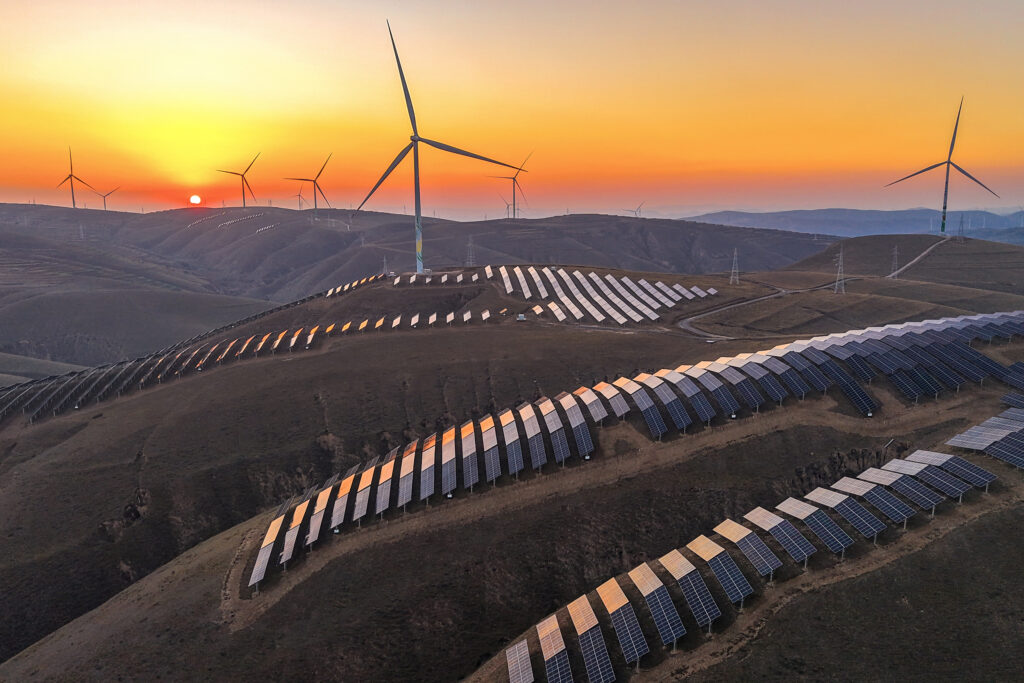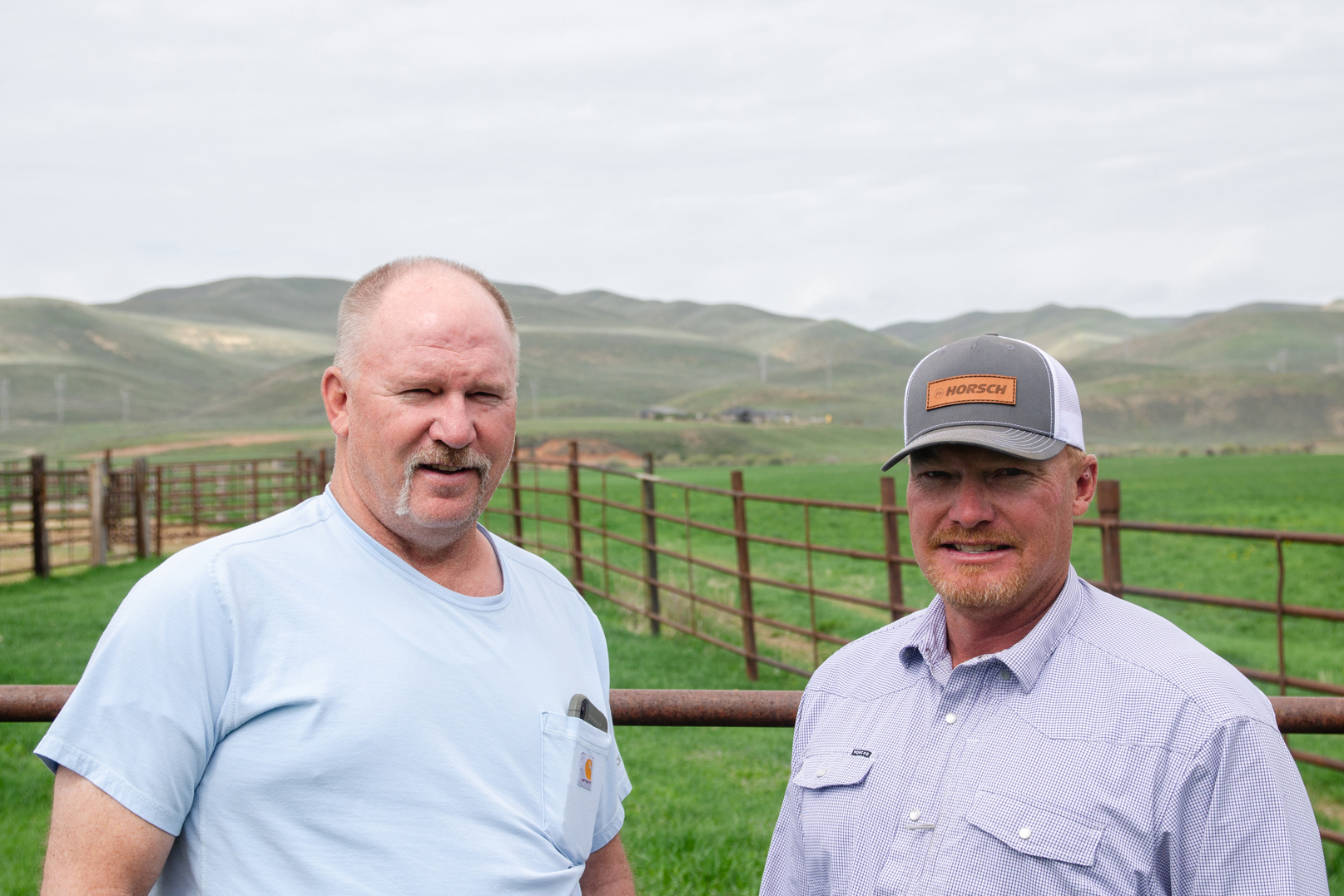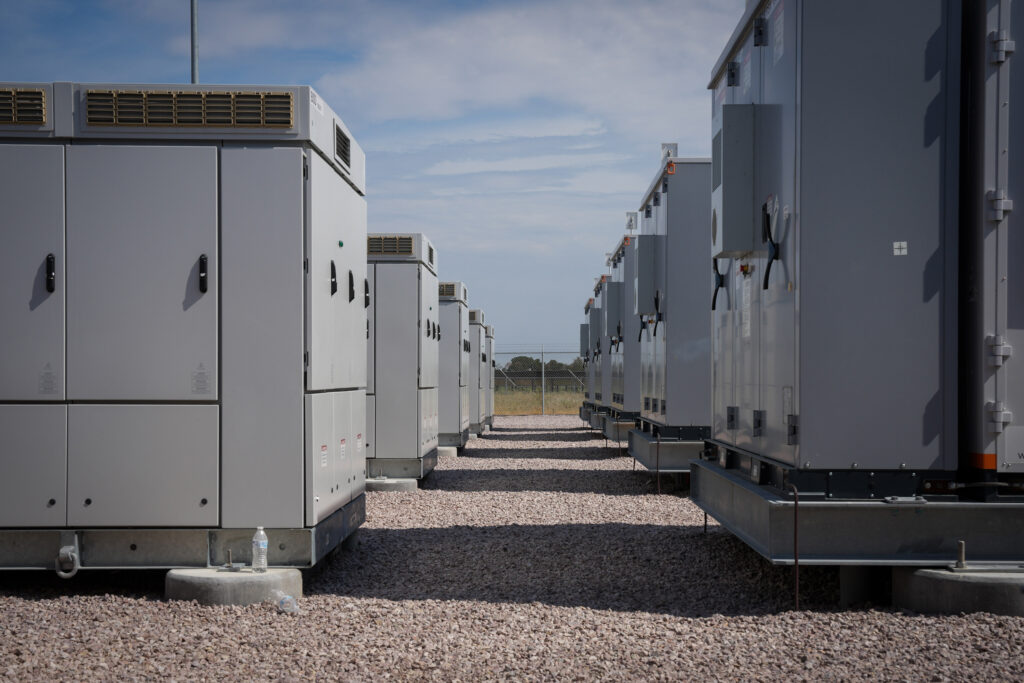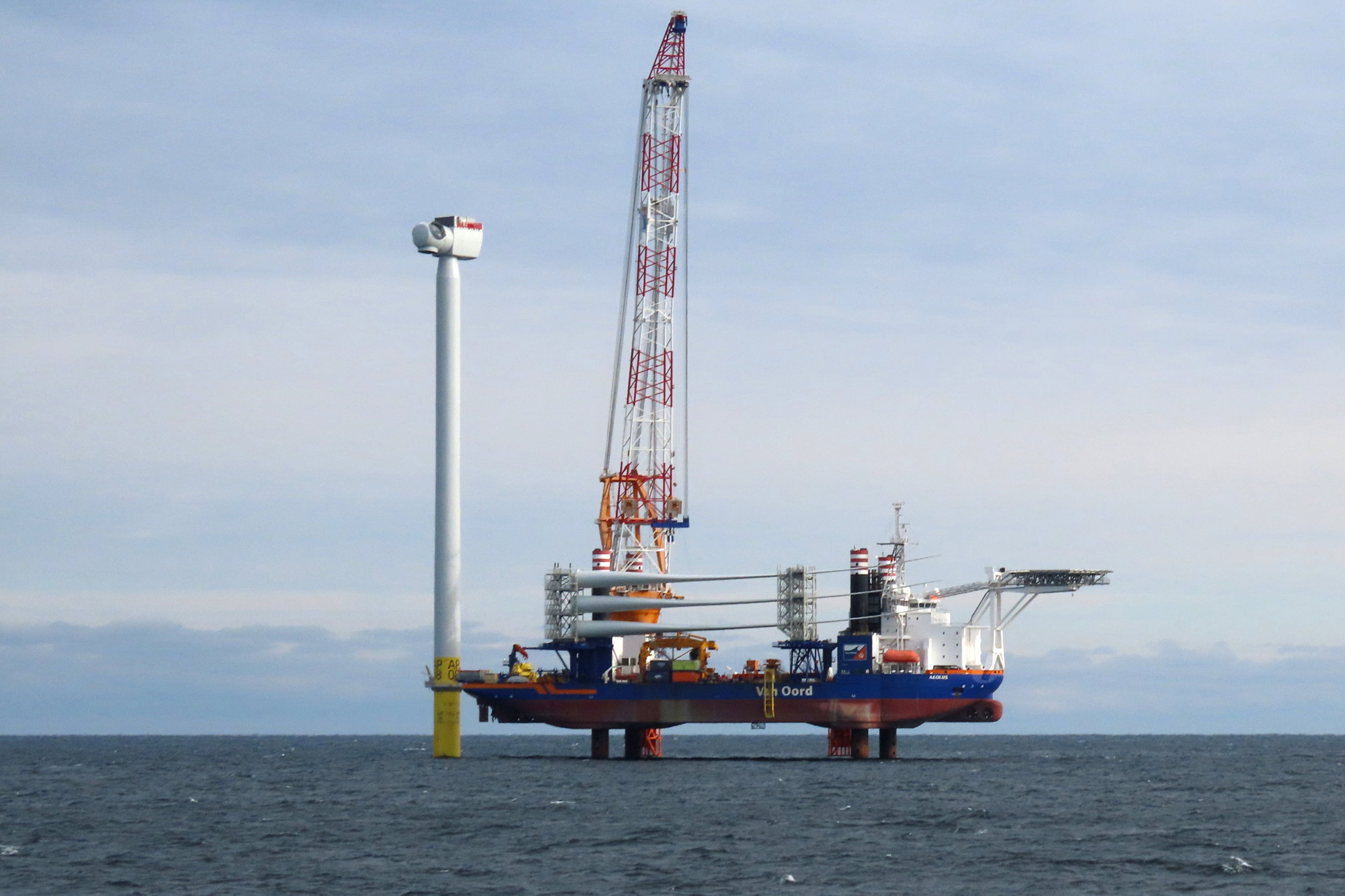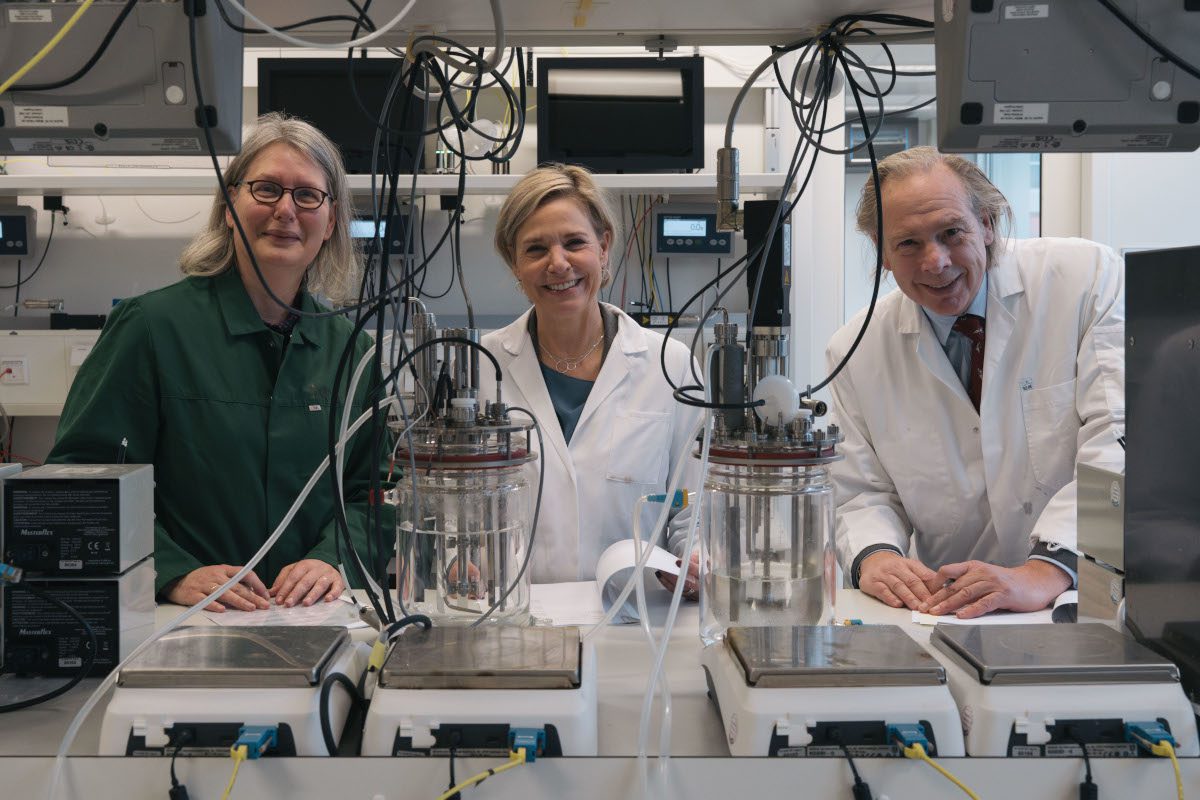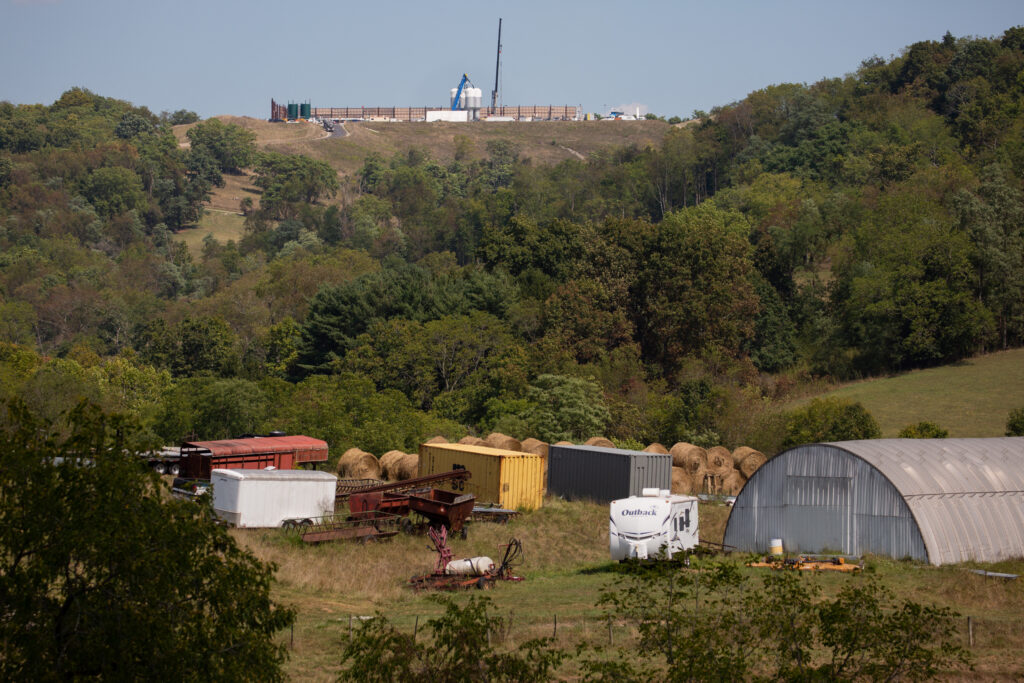An Indian chemical company, Avina Clean Hydrogen Inc., has purchased the last available water supply from the Nueces River of South Texas, raising concerns of regional scarcity as reservoirs dwindle and drought persists.
Avina’s Nueces Green Ammonia plant plans to separate the hydrogen from water, convert it to ammonia and export it as a high-tech fuel alternative to oil and gas. It’s one of several such projects currently proposed in Texas, driven by federal subsidies. Governments and scientists say this technology plays an important role in the transition away from fossil fuels.
But officials in the nearby city of Corpus Christi have warned that the project could threaten water supply for more than 600,000 regional customers.
“Increased water drawn solely from the Nueces River system could dramatically increase the potential for scarcity,” wrote Corpus Christi’s director of intergovernmental relations, Ryan Skrobarczyk, in a March 1 memo to state lawmakers, first reported by the Corpus Christi Caller-Times. “A new large-volume user of the Nueces River will require extensive and exact monitoring to avoid increased drought restrictions.”
We’re hiring!
Please take a look at the new openings in our newsroom.
See jobs
Over the last decade, Corpus Christi stretched its water supply to its limits, selling vast volumes of Nueces River water to a string of major industrial users, hoping to meet the new demand with several large desalination plants.
But those plants still haven’t materialized. Meanwhile, the new industrial customers have ramped up operations while a multi-year drought bore down. Local residents have been under water-use restrictions for more than 600 days as reservoirs have fallen below one-third full.
Although Corpus Christi holds rights to the vast majority of Nueces River water, it doesn’t hold them all, as it was recently reminded. The only other significant right belongs to the Nueces County Water Improvement and Control District #3, which serves the towns of Calallen and Robstown. It has rights from 1909 that were originally intended to flood crop fields and haven’t been used in decades.
That’s where Avina found the means to purchase 5.5 million gallons of treated Nueces River water per day—enough for all 38,000 residents of Calallen and Robstown to each flush their toilets 90 times daily—for the next 25 years.
“Do I want them there? No. But I can’t be biased,” said Marcos Alaniz, general manager of the Nueces County Water Control and Improvement District #3 outside of Corpus Christi. “I don’t have a right to tell somebody that I cannot feed them water.”
He cited rules from the Texas Public Utility Commission that listed five reasons why water providers may refuse service. Compromising the regional supply wasn’t among them.
“It’s just the fact that we’re pulling more out of the reservoirs than we’re putting in. But that’s not for me to say,” Alaniz said.
A spokesperson for Avina in New Jersey, Karen White, said the company “takes seriously the water/energy nexus and is engineering the most water conscious plant design, opting for dry cooling, reuse and reduction wherever possible.”
In a March 6 email to Corpus Christi City Council, City Manager Peter Zanoni warned the Avina project could increase water prices to all city water users.
“The loss of millions of gallons of water a day will have an impact on our water supplies. To backfill that loss will potentially result in rate impacts to all [Corpus Christi Water] customers,” Zanoni wrote.
The city of Corpus Christi and its water department declined to answer questions.

The Hydrogen Boom
Avina is one of at least 30 hydrogen and ammonia projects currently proposed in Texas, according to data from the Environmental Integrity Project, following federal legislation that laid out financial incentives for fossil fuel alternatives, aimed at reducing emissions of greenhouse gasses.
“In the future, hydrogen will be used to replace diesel,” said Joe Powell, director of the Energy Transition Institute at the University of Houston and a former chief scientist at Shell. “I see it as a good jobs transition opportunity for this [Houston] region to be securing its place in the future.”
Most of those projects produce hydrogen the old-fashioned way, from natural gas, but incorporate new measures to capture the high volume of carbon emissions and inject them underground for disposal instead of releasing them into the air.
Ten of the projects use a method called electrolysis that doesn’t directly involve oil or gas. Instead, it uses a large volume of water and a tremendous amount of electricity to separate the hydrogen from water molecules. When powered by clean energy, the process releases no carbon emissions.
The technology isn’t new, but it wasn’t considered economically feasible until the Inflation Reduction Act of 2022 laid out steep federal subsidies for hydrogen projects.
One such project in North Texas plans to build 1.4 gigawatts of wind and solar power generation and pump 500,000 gallons of groundwater per day to produce 200,000 kilograms of hydrogen for fuel. Another project on Matagorda Bay will use water to produce hydrogen for so-called “eFuels.” Avina also plans a second electrolysis plant in South Texas to fuel furnaces for steel production.
But there’s a hangup. Hydrogen gas is nearly impossible to transport. It needs to be liquified at about -500 Fahrenheit then held at that temperature.
So instead, scientists devised an alternative: convert the hydrogen to ammonia (a stable liquid made of hydrogen and nitrogen), ship it overseas then re-convert it to hydrogen. It’s an inefficient process. Up to 40 percent of the original energy input is lost in the production, conversion and re-conversion of the hydrogen, said Hugh Daigle, an associate professor of petroleum engineering at the University of Texas who has studied the hydrogen economy. But, it produces a carbonless fuel that can power heavy vehicles without harmful emissions.
“To make one molecule of H2 it takes 1 molecule of water,” Daigle said.
If developed at scale, he said, “that is going to take a lot of water.”
Nueces County Ammonia Plant
The Avina spokesperson, White, said the company selected its Nueces County location based on its proximity to renewable energy resources (wind farms cover millions of acres in South Texas) and its relay access to the Port of Corpus Christi.
Federal tax incentives require electrolysis projects to run on renewable energy, with extra benefits if the energy projects are new. White said Avina’s Nueces ammonia plant will be powered by 3.5 gigawatts of new renewable power projects, but those contracts haven’t been finalized yet.
“They spent millions of dollars pushing desalination and all the money went to lawyers, permitting and public relations. The idiots sold water they didn’t have.”
The news of another water-intensive industrial project in the region surprised Encarnacion Serna, a retired chemical engineer who spent his career in local refineries.
“They keep bringing in more and more industry and there is no water,” he said. “It’s a horrible disaster just waiting to happen.”
Serna, 72, has nothing against the industrial sector. He raised his family while working in these plants, including five years at ExxonMobil, 15 years at Occidental Chemical and three years at Air Liquide.
But, he said, it’s gone too far. He listed the recent, major additions to the region’s waterside industrial sector: Cheniere LNG, Voestalpine steel, Chemours chemicals and a trio of massive new oil export terminals, among others. One new plastics plant by ExxonMobil and the Saudi Basic Industries Corp. has contracts to use up to 25 million gallons of treated water per day.
All this growth was supposed to be supported by the development of several new seawater desalination plants. But while the industrial customers are now operating, plans for the desalination plants have floundered, mired in years of delays.
“They spent millions of dollars pushing desalination and all the money went to lawyers, permitting and public relations,” Serna said. “The idiots sold water they didn’t have.”
This story is funded by readers like you.
Our nonprofit newsroom provides award-winning climate coverage free of charge and advertising. We rely on donations from readers like you to keep going. Please donate now to support our work.
Donate Now
Avina plans to produce 3.2 billion gallons of ammonia per year at the Nueces County plant, according to its application. Serna calculated how much hydrogen that would require, and how much water in turn, coming up with 9.5 million gallons per day—almost twice Avina’s contracted water supply.
Alaniz, manager of WCID #3, said Avina will put in groundwater wells to make up the difference. (The company did not respond to questions about its total planned water use.)
WCID #3’s 1909 water rights from the Nueces River allow for 10.5 million gallons per day. Originally, that water was meant for crop irrigation, but over time the farm fields turned into neighborhoods, which use much less water. Still, WCID #3 held onto its rights.
“This will be our first industrial customer,” Alaniz said. “Until you can figure out how we can get more water, it’s probably my last.”




